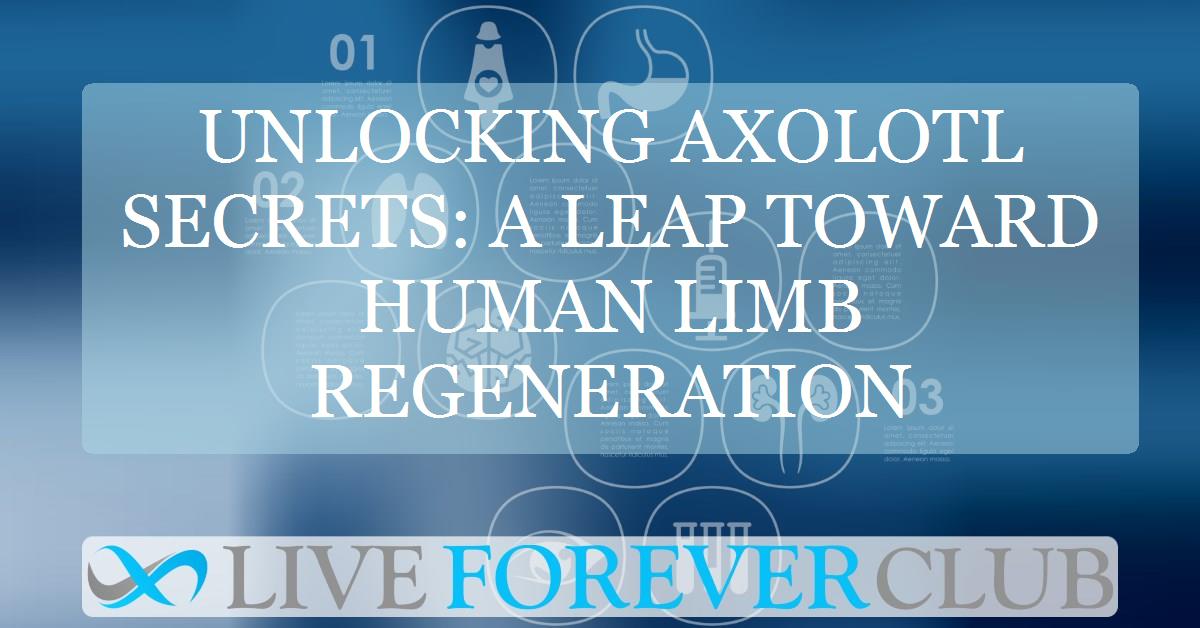Key points from article :
Axolotls—charmingly pink salamanders with feathery gills—are famous for their extraordinary ability to regrow limbs and organs. When injured, these amphibians don’t scar—they regenerate. A new study published in Nature Communications and led by biologist James Monaghan of Northeastern University sheds light on how axolotls manage this feat with such precision. The study reveals that a key enzyme, CYP26B1, helps regulate levels of retinoic acid at wound sites, guiding cells to rebuild the correct part—be it a finger, hand, or entire limb. A gene called Shox also plays a central role by directing the growth of long bones needed to reform limbs.
Rather than producing retinoic acid, the enzyme ensures just the right amount is present. That concentration instructs the mass of regenerating cells, known as the blastema, on what to become. These findings are critical because retinoic acid is also found in humans and is essential to our development and cell growth. The discovery suggests that our bodies, like those of axolotls, may have dormant regenerative capabilities—we simply lack access to the right genetic instructions.
Scientists now wonder whether humans might one day tap into similar pathways to regenerate tissue or even limbs. Some regenerative potential already exists in newborns, who can regrow fingertips, and researchers like Thomas Rando at UCLA believe the key may lie in stem cell manipulation. Unlike mammals, which have specialized stem cells for each tissue type, axolotls manage to regrow limbs with coordinated tissue growth—a process human biology doesn’t yet replicate.
Monaghan is hopeful that the genes and biological mechanisms humans share with axolotls could one day be activated using advanced gene-editing tools. With this new knowledge, future therapies might be able to reprogram wound-healing cells to regenerate lost tissue instead of forming scars. While clinical application may be decades away, the blueprint for human regeneration is no longer science fiction—it's a step closer to reality.






